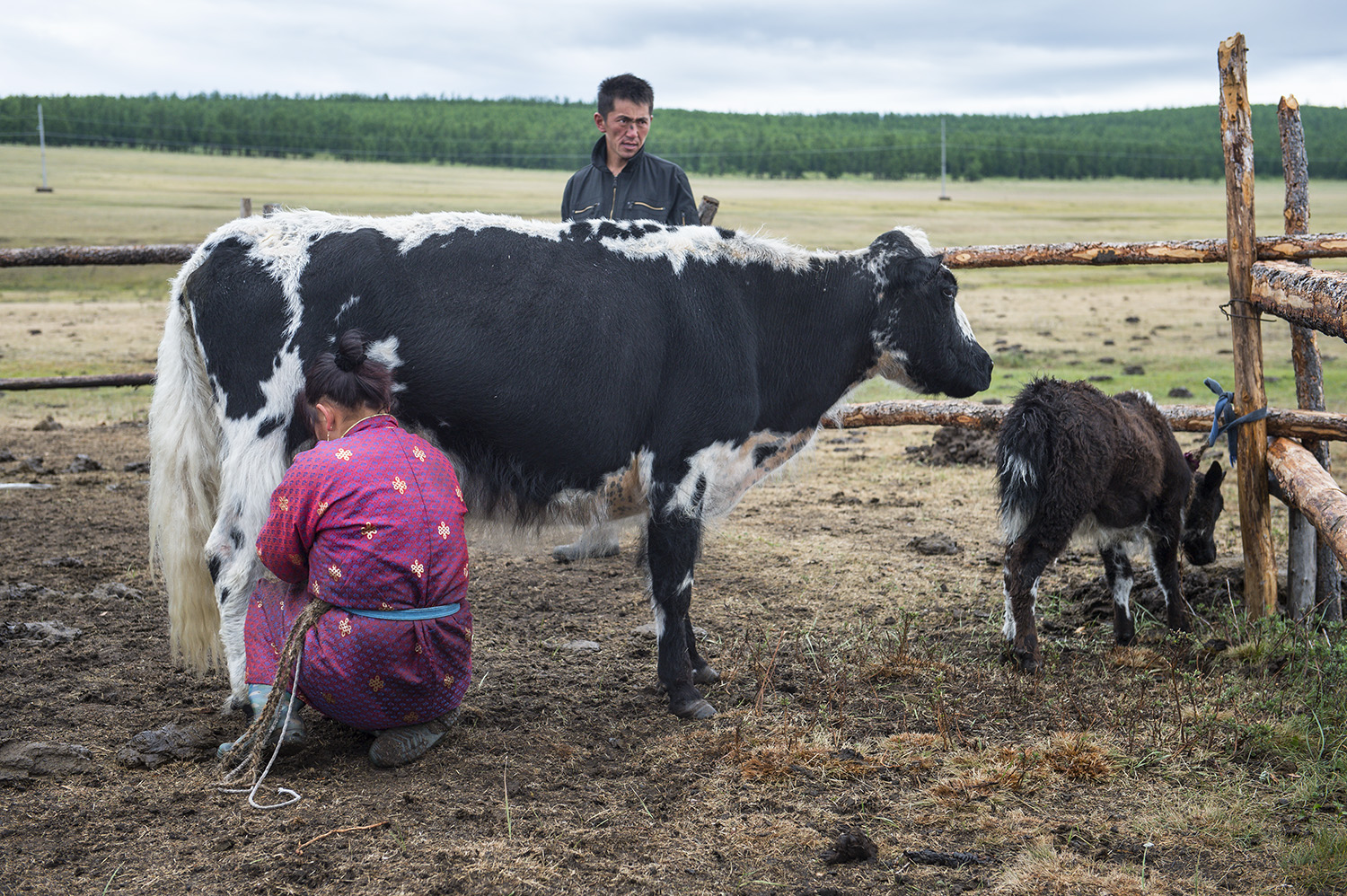

Cold weather disaster kills more than 800,000 farm animals in Mongolia
In 2016, Mongolia has faced a season of extremely cold conditions, known locally as zud, killing millions of livestock.
Mongolia is often at the centre of high pressure, bringing more than 250 cloudless days each year, with the country also known as the "Land of the Eternal Blue Sky". However this does not necessarily bring warmth; the annual average temperature in Ulaanbaatar is −1.3 °C, making it the world's coldest capital city. In January, the average temperatures tends to hover around -35C, however temperatures have reached -55C at times throughout the winter season due to the zud.
Zud (also spelt dzud) is a Mongolian term for a severely cold winter when a large number of livestock die due to the ground being frozen or covered in snow, and therefore animals are unable to graze. Back in 2009-2010, in the Uvs province, in the west of the country, night-time temperatures got down to -48C for almost 50 nights in a row. By the end of the season, the UN reported that 8 million livestock, or about 17% of the country’s entire livestock population, had died.
Horses, cows, sheep, goats, and camels are the five traditional animals of Mongolia, with the horse to people ratio at 13:1. Herding and agriculture are one of the country’s major sources of income, with almost 1/3 of the 3 million population relying heavily on animals for food, drink, transport, and other raw materials like wool, leather and bones.
The UN reported that from January to March 2016 the number of livestock deaths across the country jumped from 40,000 to 360,000 due to heavy snowfall and frigid temperatures. currently the death toll stands at 800,000, with the overall toll projected to reach over 1 million in the coming weeks.


